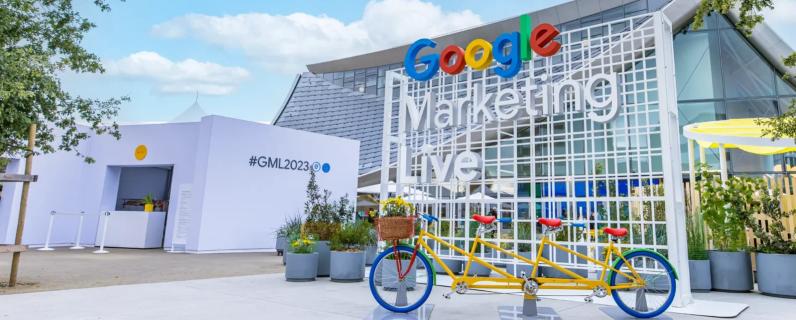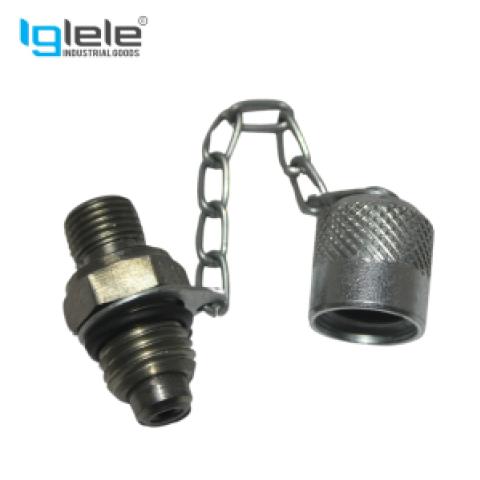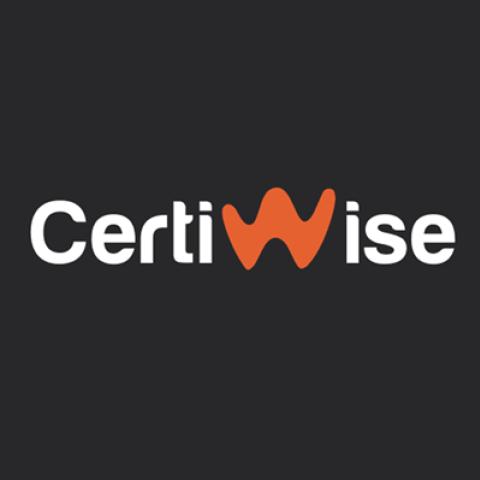Search Engine Marketing (SEM) is an important digital marketing strategy for startups looking to increase their online visibility and attract more customers. By utilizing SEM, businesses can promote their websites through paid advertising on search engines, reaching users actively searching for products or services they offer. This makes SEM an effective way to drive targeted traffic, generate leads, and ultimately, grow your startup.
SEM encompasses various techniques, but the most common form is pay-per-click (PPC) advertising. Through platforms like Google Ads, businesses bid on keywords relevant to their products or services. When users search for those keywords, the ads appear at the top or bottom of search engine results pages (SERPs). The advertiser only pays when a user clicks on their ad, hence the term "pay-per-click."
For startups, SEM can be a game-changer, offering a fast and measurable way to gain visibility in competitive markets. However, just setting up an SEM campaign isn’t enough. To truly benefit, you need to optimize your strategy continuously. Here are some key strategies to enhance your SEM efforts.
Keyword Research and Selection
Choosing the right keywords is the foundation of any successful SEM campaign. Keywords are the search terms that trigger your ads. To identify the most effective keywords, start with thorough research. Tools like Google Keyword Planner can help you discover keywords related to your business, along with data on search volume and competition.
It's essential to balance high-volume keywords with long-tail keywords. While high-volume keywords may bring in more traffic, they are often more competitive and expensive. Long-tail keywords, on the other hand, are more specific and usually less competitive, making them cost-effective for startups with limited budgets. For example, instead of bidding on "digital marketing," you might target "digital marketing services for startups."
Ad Copy Optimization
Once you’ve selected your keywords, the next step is to craft compelling ad copy. Your ad copy should be clear, concise, and directly address the needs or interests of your target audience. It’s important to highlight the unique selling points (USPs) of your product or service and include a strong call-to-action (CTA) to encourage users to click on your ad.
Experimenting with different versions of your ad copy can also help you determine what resonates best with your audience. A/B testing, where you compare two versions of an ad to see which performs better, is a valuable technique for refining your messaging and increasing click-through rates (CTR).
Landing Page Optimization
The effectiveness of your SEM campaign doesn’t stop at the click. Once a user clicks on your ad, they should be directed to a landing page that is relevant to the ad content and optimized for conversions. A well-designed landing page is essential for turning visitors into customers.
Ensure that your landing page loads quickly, is mobile-friendly, and has a clear, easy-to-navigate layout. The content on the landing page should match the promise made in your ad and guide the visitor towards taking a specific action, whether it's making a purchase, signing up for a newsletter, or filling out a contact form. Including strong visual elements and customer testimonials can also enhance credibility and encourage conversions.
Budget Management and Bid Strategy
For startups, managing your SEM budget effectively is critical. Google Ads allows you to set a daily budget and bid for ad placements. However, to get the most out of your investment, it’s essential to continuously monitor and adjust your bids based on performance.
You can choose from different bid strategies depending on your campaign goals. For instance, if your primary goal is to increase traffic, you might use a strategy that maximizes clicks. If your focus is on conversions, you might opt for a strategy that targets a specific cost-per-acquisition (CPA). Regularly reviewing your campaign’s performance metrics, such as cost per click (CPC) and return on ad spend (ROAS), can help you optimize your budget allocation and improve overall campaign effectiveness.
Leveraging Ad Extensions
Ad extensions are additional pieces of information you can include in your ads to make them more informative and appealing. These extensions can display your business’s phone number, address, additional links to other pages on your website, or even customer reviews. Utilizing ad extensions can improve your ad’s visibility, increase click-through rates, and provide more opportunities for users to engage with your business.
For example, if you’re running a local campaign, using location extensions can help users find your physical store easily. Similarly, adding sitelink extensions allows you to promote multiple landing pages within a single ad, giving users more options to explore your offerings.
Continuous Monitoring and Optimization
SEM is not a set-and-forget strategy. It requires ongoing monitoring and optimization to ensure that your campaigns continue to deliver results. Regularly analyzing performance data allows you to identify trends, uncover opportunities, and make informed decisions about where to focus your efforts.
Pay close attention to metrics like CTR, conversion rate, and quality score (a measure of the relevance of your ads, keywords, and landing pages). Improving your quality score can lead to better ad placements and lower costs. Based on your analysis, make adjustments to your keywords, ad copy, bids, and landing pages to improve performance.
SEM is a powerful tool for startups looking to gain a competitive edge and drive targeted traffic to their websites. By focusing on strategic keyword selection, ad and landing page optimization, budget management, and continuous improvement, you can create an effective SEM campaign that helps your business grow. As with any marketing strategy, success in SEM comes from ongoing learning and adaptation, so be prepared to experiment and refine your approach as you gain more insights.














